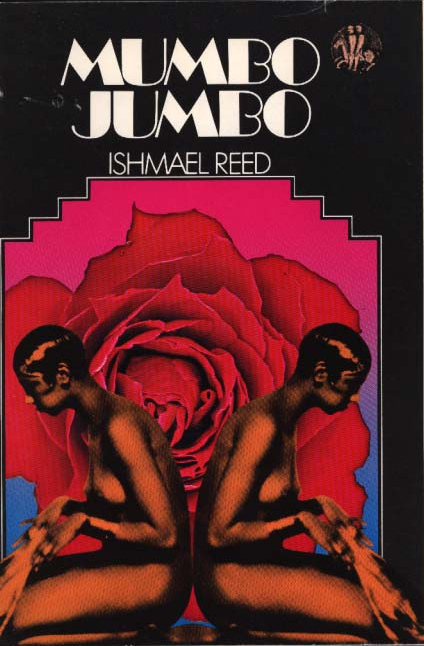“Mumbo Jumbo” is often considered a precursor to Afrofuturism, a genre that combines elements of science fiction, fantasy, and Afrocentricity to explore the experiences of African diaspora communities. While the term “Afrofuturism” was not coined until the 1990s, many of the themes and techniques that define the genre are present in Reed’s novel.
“Mumbo Jumbo” incorporates elements of mythology, mysticism, and alternative histories to challenge traditional narratives of race and culture, and the novel’s blending of historical and fantastical elements is a hallmark of Afrofuturist literature. Additionally, the novel’s focus on the power of African American culture and spirituality to resist oppression and subjugation is a central theme of much Afrofuturist writing.
Reed’s work has been cited as an influence on many Afrofuturist writers, including Octavia Butler, Nalo Hopkinson, and N.K. Jemisin, and his novel remains a touchstone of the genre,
Papa LaBas is depicted as a Voodoo priest in “Mumbo Jumbo,” and that his knowledge and practice of Voodoo are central to his character and his ability to navigate the world of the novel.

The story takes place in the 1920s, a time of great change and upheaval in America. Jazz, art, and literature are flourishing, and African Americans are beginning to assert themselves in new and powerful ways. However, this newfound freedom is threatened by a mysterious and powerful force called Jes Grew, which is spreading throughout the country and threatening to undermine the established order.
At the heart of the novel is the struggle between Jes Grew and the Wallflower Order, a secret society that seeks to suppress the spread of African American culture and maintain the status quo. The novel’s protagonist, Papa LaBas, is a detective who becomes embroiled in this struggle, as he seeks to uncover the origins and nature of Jes Grew.
As the narrative unfolds, Reed blends elements of history, mythology, and satire to create a rich and multi-layered story that challenges readers to rethink their assumptions about race, culture, and power.



Comments are closed